On August 25, 1980, line 3 of the Mexico City Metro inaugurated its fifth section with four new stations, among them, the Zapata station, which functioned as a terminal for one of the most important lines of this collective transport system until 1983, when it was extended to Ciudad Universitaria.
With half a century of operation, the Mexico City Metro has extended its network by twelve lines, transporting 5.5 million people daily in a network of 226,000 kilometers in the metropolitan area. The iconography of the stations is one of the elements that most attracts the attention of users and visitors.
The design of the icons of the first three lines was directed by Lance Wyman, who was also in charge of the aesthetics of the 1968 Olympic Games and two Mexicans, Arturo Quiñónez and Francisco Gallardo. "The rich iconographic variety of our City contributed and facilitated the creation of its logos in which reference is made to the pre-Hispanic, colonial, independent Mexico and the Revolution to our days," says the Collective Transportation System.
In Verne we have made a selection of some of the characters from the History of Mexico 40 years after the inauguration of the station that remembers the Caudillo del Sur.
1. Shoe
This image represents the bust of the revolutionary. The station was inaugurated on August 25, 1980 and today it connects to lines 3 and 12, which connect the south and east of the Mexican capital. Previously it crossed an avenue with the name of the revolutionary, who today is known as Félix Cuevas.
2. Tezozomoc
Tezozomoc de Azcapotzalco (1375-1428) was a ruler of the Tepanec empire. Under his leadership, Mexico City Tenochtitlan was founded. The station takes the image of the ruler's bust and is located in the city hall where he was born. It was one of the stations with the least influx on a normal day in 2019 with an average income of 6,600 people.
3. Green Indians
The station icon represents two Aztec warrior kings: Itzcóatl and Ahuizotl, known as the Green Indians. It was inaugurated in December 1979 and takes its name from the monument to the characters located north of Mexico City, which have turned greenish due to the effect of humidity on the bronze with which they were built. Indios Verdes was the second busiest station on the Metro, with an average income of more than 120,000 people a day.
4. Martin Carrera
He was interim president of Mexico in 1855 after the resignation of Antonio López de Santa Anna. The station with his name is a correspondence terminal that joins lines 4 and 6 north of Mexico City and takes its name from the neighborhood where it is located.
5. Muzquiz
Melchor Múzquiz (1790-1844) was president of Mexico in 1832 and was the first governor of the State of Mexico in 1824, after actively participating in the War of Independence. The station that remembers him is located in the municipality of Ecatepec and takes its name from the colony with the name of the military, near the facilities.
6. Nezahualcóyotl
He was the monarch of Texcoco between 1431 and 1472, in the year of his death, and he became the main military and political ally of the Mexica. The iconography of the Metro symbolizes the head of a coyote, referring to the etymology of Nezahualcóyotl, which in Nahuatl means "fasting coyote." Until 2002 this station was called Continentes because of the boulevard where it was located and was renamed since it is located in the limits of Mexico City and this municipality of the State of Mexico.
7. Aquiles Serdán
He was one of the leaders of the revolutionary movement in Mexico (1877-1910), when he opposed reelection together with the movement of Francisco I. Madero. Together with his brothers Carmen, Máximo and Natalia, they led the revolutionary movement from the city of Puebla. The Metro station takes its name from the neighborhood where it is located, north of Mexico City.
8. Cuitláhuac
Cuitlahuatzin, better known as Cuitláhuac (1476-1520), was the penultimate emperor of Mexico-Tenochtitlan after the death of Moctezuma II. His reign was very short, since he was infected with smallpox and died in early December 1520. The Metro icon represents the shield used in the battle against the Spanish, known as La noche triste, where the monarch defeated the conquerors.
9. Eduardo Molina
He was a Mexican engineer (1892-1980). A graduate of the National Autonomous University of Mexico, Molina was in charge of the works since 1960 to introduce water from the Lerma River to the capital, to avoid water shortages. The Metro icon represents a part of the work El agua, Origen de la vida, located in the gully of the Lerma River in the Bosque de Chapultepec, a work by Diego Rivera whose central theme is hands taking water. The avenue where the station is located also bears the name of Molina, in the northeast of the capital.
10. Rubio Rosemary
Manuel Romero Rubio (1828-1895) was a lawyer and politician who was part of the dissidents of the then president Antonio López de Santa Anna, in 1854. At the beginning of his career he was part of the Government of Benito Juárez and at the end of his life He was appointed as Secretary of the Interior in the mandate of Porfirio Díaz. The station is named after the neighborhood in the north of the city where it is located.
11. Flores Magón
Ricardo Flores Magón (1873-1922) was a writer and philosopher who participated in the revolutionary struggle in Mexico. He wrote the manifesto of the Mexican Liberal Party in 1911, where he demanded rights for the country's working class. The station that bears his name, located north of the capital, is one of the stations that registered the least influx in 2019.
12. Pino Suarez
José María Pino Suárez (1869-1913) was vice president of Mexico under Francisco I. Madero. He was assassinated on the last day of the period known as Tragic Ten, where Madero was also assassinated. The metro icon represents the pyramid of Ehécatl, which was discovered during the excavations for the construction of the station, which takes its name from the avenue where it is located.
13. Isabel the Catholic
Isabel I of Castile (1451-1504) was an Iberian monarch who gave her support to Christopher Columbus in his search for the West Indies and which ended with his arrival on the American continent in 1492. The station icon represents one of the caravels of Cristóbal Colón and takes its name from the avenue where it is located.
14. Cuauhtémoc
He was the last sovereign ruler of Mexico-Tenochtitlan (1496-1525). The figure at the station on line 1 is an eagle, since Cuauhtémoc means "eagle that perches" in Nahuatl.
15. Fray Servando
Servando Teresa de Mier was a religious born in Monterrey (1765-1827) who fought in the war for the Independence of Mexico. He drew attention to the celebration of the Virgin of Guadalupe in 1794. In his speech, he affirmed that the apparitions narrated by the Indian Juan Diego refer to a pre-Hispanic cult, for which he is imprisoned and exiled to Spain. The Metro station takes its name from the avenue where it is located.
16. Montezuma
Moctezuma II was the ruler of Mexico Tenochtitlán from 1502 to 1520. During his reign the Spanish arrived in the city in 1519. The icon of the Metro line 1 station is a representation of the Penacho de Moctezuma, currently located in Vienna, Austria .
17. Zaragoza
Ignacio Zaragoza (1829-1862) was general of the Army of the East during the Battle of Puebla in the second French intervention in Mexico, which occurred in 1862. “National arms, Minister citizen, have been covered in glory,” wrote General Ignacio Zaragoza in the war report that was sent to Mexico City at the end of the fight. The Metro station is located on an avenue named after the soldier.
18. Gómez Farías
Valentín Gómez Farías (1781-1858) was President of Mexico in 1833 and 1847. He participated in the writing of the 1822 and 1824 constitutions and was considered a precursor of the Reform Laws. The line 1 station is located in the neighborhood that also bears his name, east of the city.
19. General Anaya
Pedro María Anaya (1795-1854) was president of Mexico in 1848. He participated as defender of Mexico in 1847 before the American invasion at the site of the then Ex Convent of Churubusco, south of Mexico City. In the vicinity of this place today is the Museum of Interventions, near where this Metro station of line 2 is located.
20. Miguel Ángel de Quevedo
He was a Mexican engineer (1862-1946) who dedicated a large part of his life to the care and research of flora. The station icon represents a tree, since during his tenure as head of the Forest Department of the city's Ministry of Agriculture, many trees were planted on the avenue that bears his name, south of the capital.
Follow Verne México on Facebook, Twitter and Instagram and don't miss your daily ration of Internet wonders.

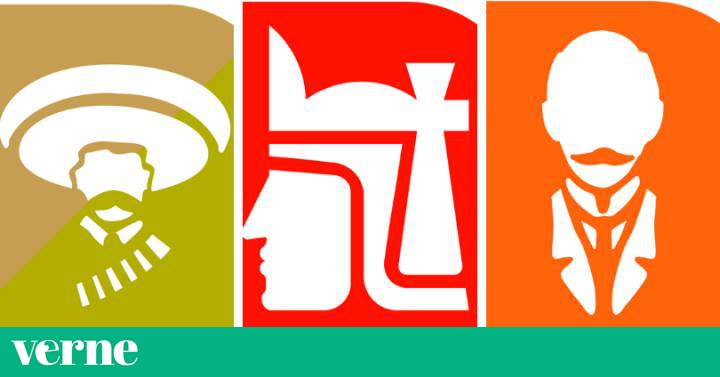

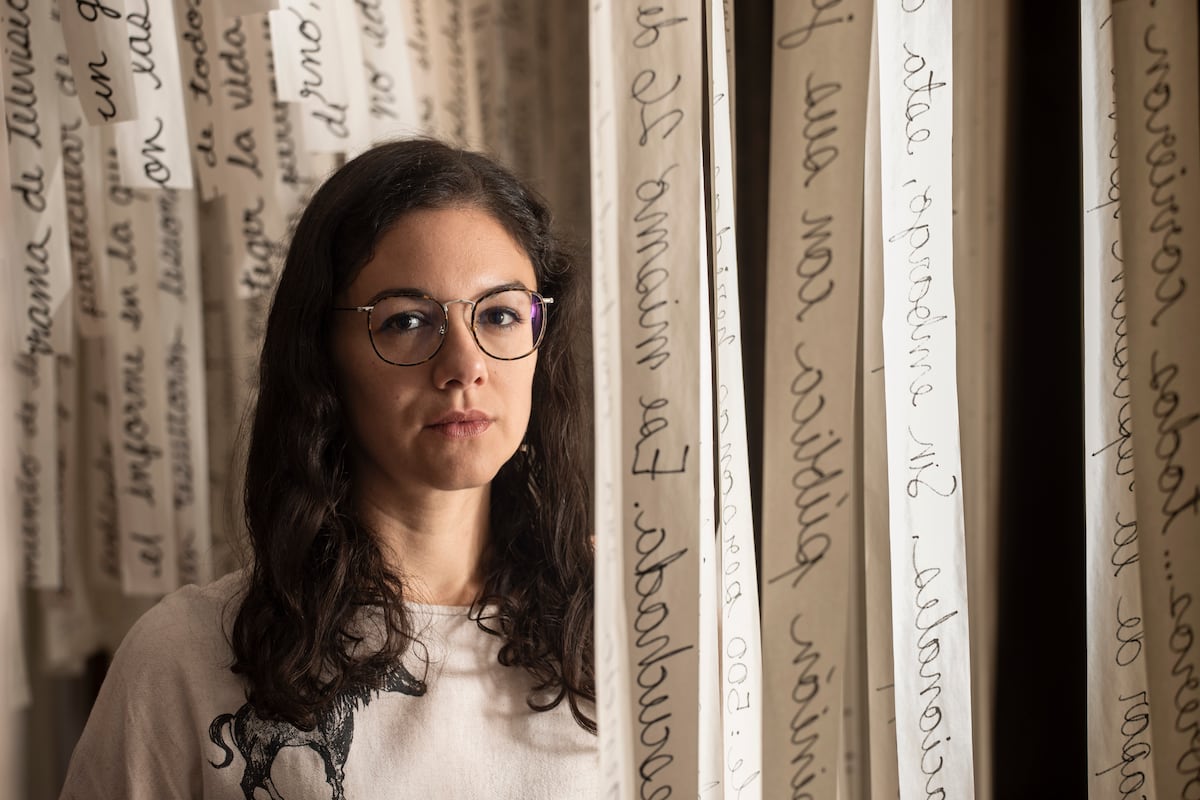
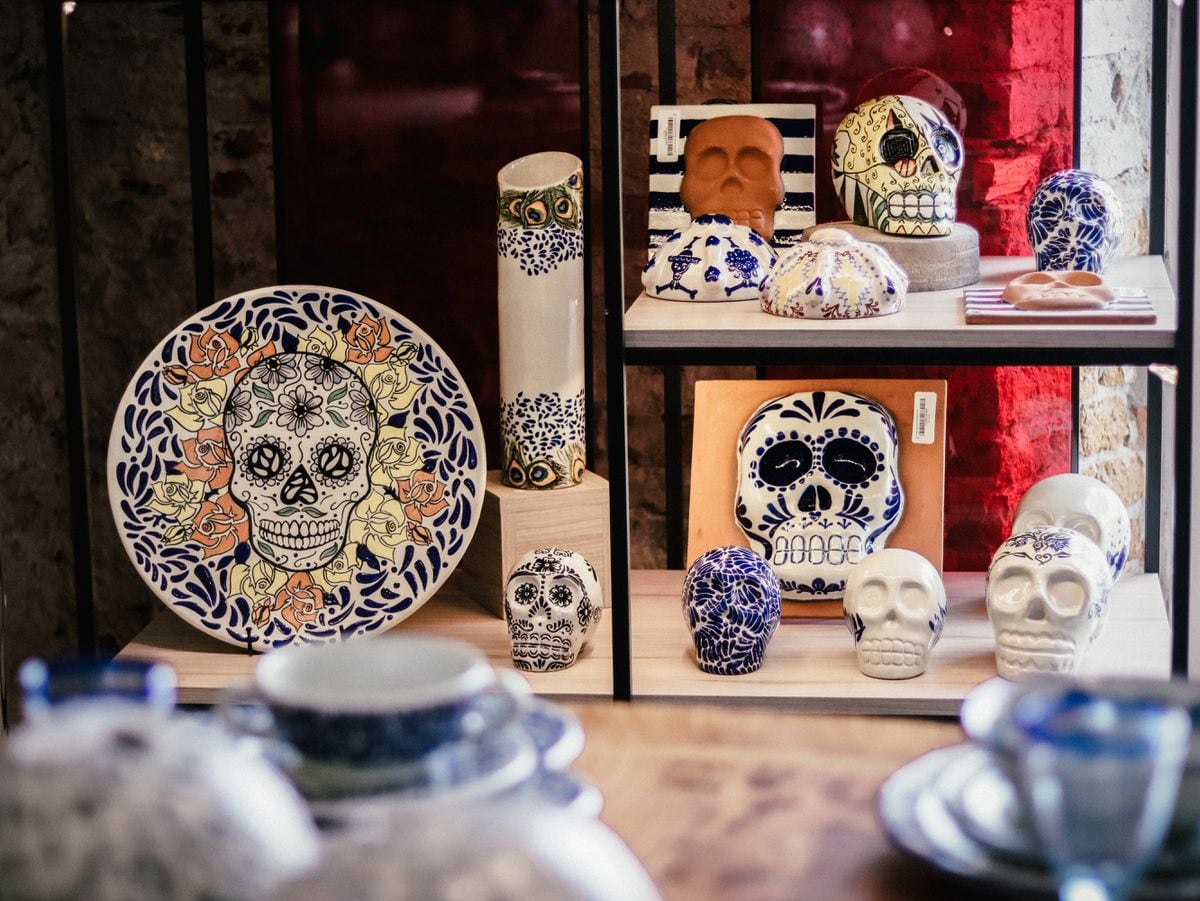
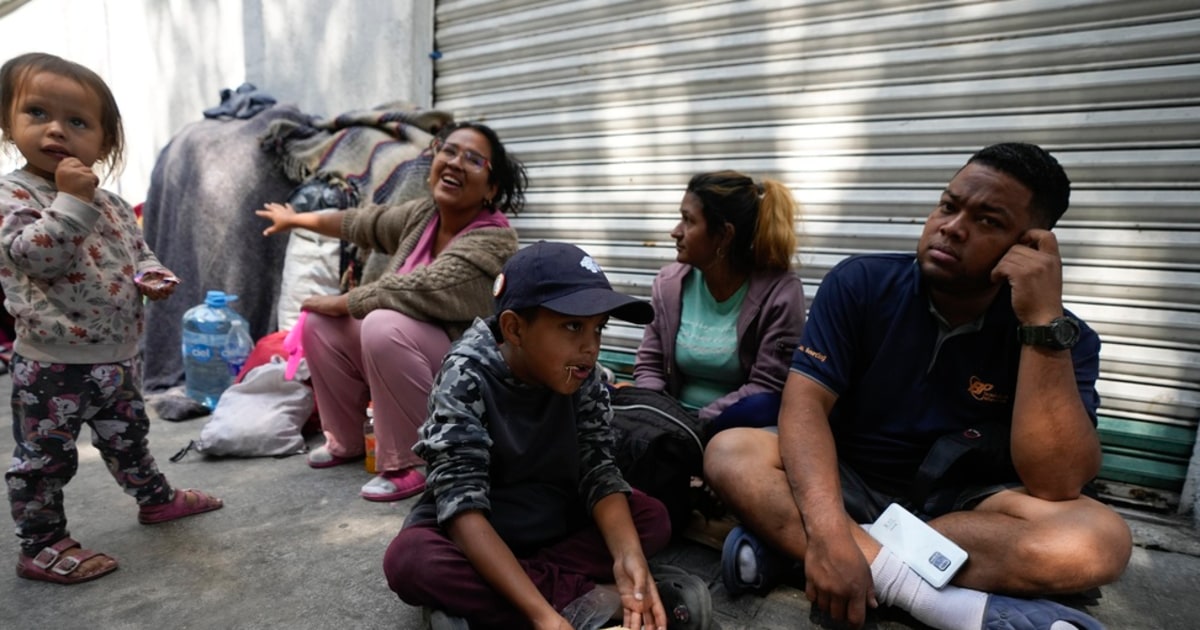
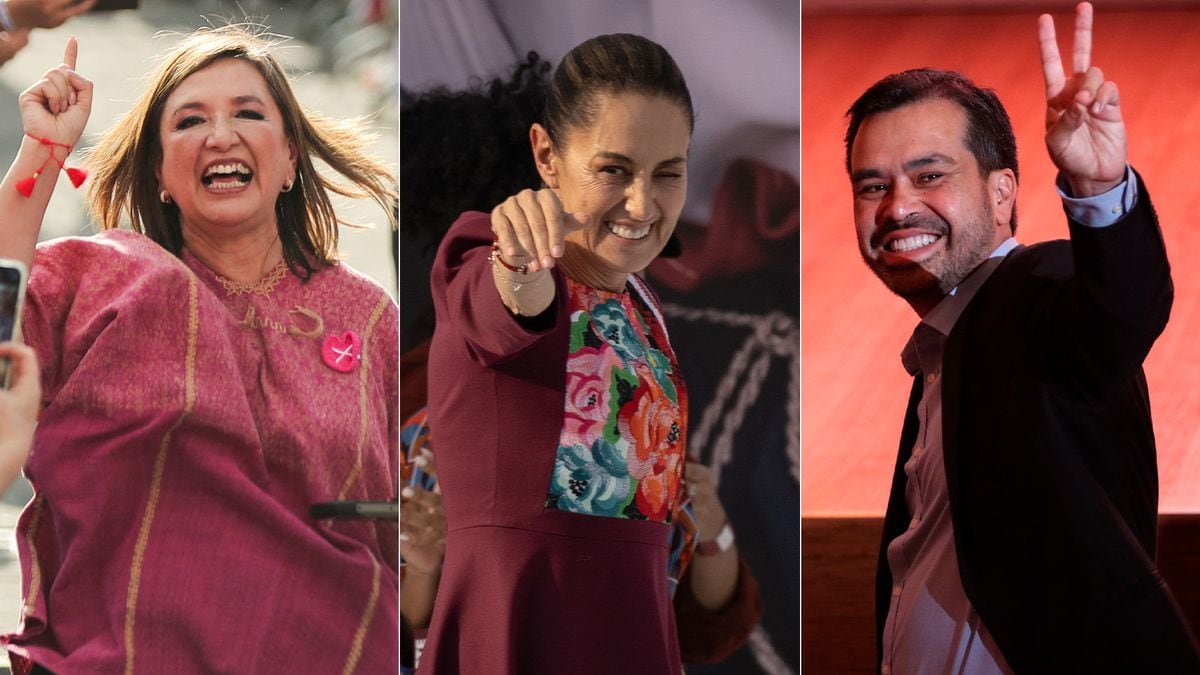


/cloudfront-eu-central-1.images.arcpublishing.com/prisa/BCYRKVMHG5FWBO5G35LNVGPGQQ.jpg)